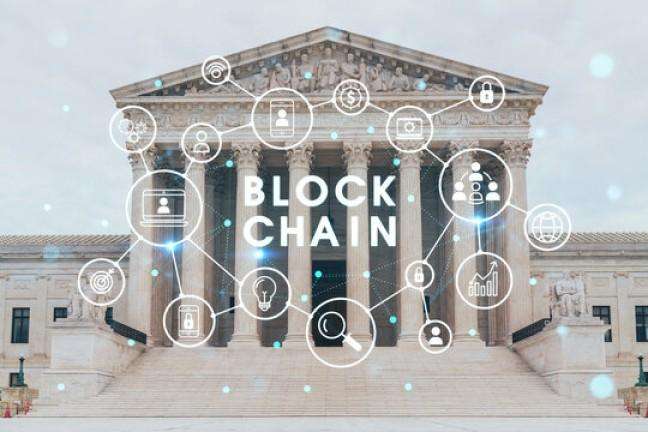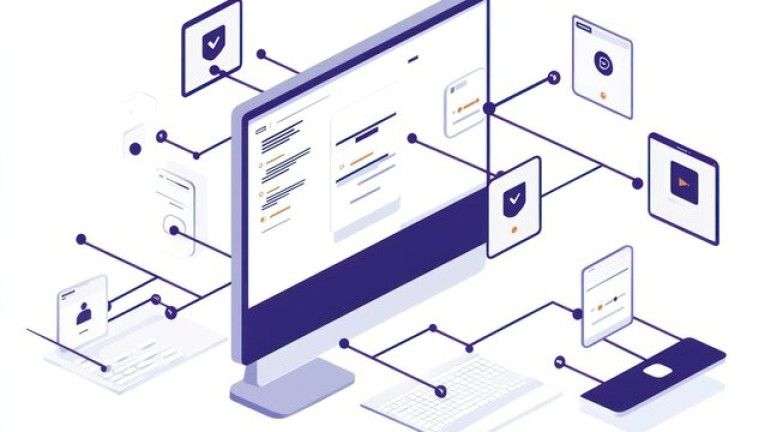Introduction
When we talk about blockchain, most people think of cryptocurrencies. While that’s a major use case, blockchain technology has evolved into something much broader. One emerging concept is “Accelerator Blockchain.” This technology aims to optimize transaction speeds, scalability, and efficiency within distributed networks. In this article, I will explore how accelerator blockchain works, its advantages, its challenges, and real-world applications.
Table of Contents
Understanding Accelerator Blockchain
Blockchain technology often struggles with speed. Traditional blockchain networks like Bitcoin and Ethereum experience congestion, leading to slow transactions and high fees. Accelerator blockchain seeks to address this issue by using various optimization techniques. Some methods include sharding, layer-2 scaling solutions, and consensus algorithm improvements.
Comparison of Traditional vs. Accelerator Blockchain
| Feature | Traditional Blockchain | Accelerator Blockchain |
|---|---|---|
| Transaction Speed | Slow (5-20 TPS) | High (10,000+ TPS) |
| Scalability | Limited | Enhanced |
| Energy Efficiency | High Consumption | Optimized |
| Consensus Mechanism | PoW, PoS | PoS, DAG, Hybrid |
| Fee Structure | High Fees | Lower Costs |
Key Mechanisms in Accelerator Blockchain
1. Sharding
Sharding divides the blockchain into smaller segments called shards. Each shard processes transactions independently, reducing network congestion. Imagine a busy highway split into multiple lanes, allowing cars to move faster.
2. Layer-2 Scaling Solutions
Layer-2 solutions, such as the Lightning Network and Plasma, allow transactions to occur off-chain before settling on the main blockchain. This method drastically improves speed and lowers transaction costs.
3. DAG (Directed Acyclic Graph)
Unlike traditional blockchains that add transactions sequentially, DAG structures process multiple transactions simultaneously. This approach enhances throughput and reduces bottlenecks.
4. Hybrid Consensus Mechanisms
Combining Proof of Stake (PoS) with Byzantine Fault Tolerance (BFT) or Delegated Proof of Stake (DPoS) can enhance efficiency while maintaining security. These models require less energy than Proof of Work (PoW) and process transactions faster.
Real-World Examples of Accelerator Blockchain
1. Solana
Solana uses a hybrid consensus mechanism that integrates PoS with a novel concept called Proof of History (PoH). This method timestamps transactions before they enter the blockchain, significantly reducing processing time. Solana achieves speeds of over 65,000 TPS.
2. Algorand
Algorand employs a Pure Proof of Stake (PPoS) mechanism, eliminating the need for mining. The network can finalize transactions in under five seconds, making it a strong contender in the blockchain acceleration space.
3. Hedera Hashgraph
Hedera Hashgraph uses a unique consensus algorithm known as Hashgraph, which allows asynchronous transaction processing. This setup enables high-speed transactions while maintaining decentralization.
Mathematical Perspective on Accelerator Blockchain Performance
To better understand how accelerator blockchain optimizes transactions, let’s consider a simple calculation.
Assume:
- Traditional blockchain processes 20 TPS
- Accelerator blockchain processes 10,000 TPS
- A network requires 1,000,000 transactions to be confirmed
Using a traditional blockchain:
\text{Time Required} = \frac{1,000,000}{20} = 50,000 \text{ seconds} \ (13.9 \text{ hours})Using an accelerator blockchain:
\text{Time Required} = \frac{1,000,000}{10,000} = 100 \text{ seconds} \ (1.67 \text{ minutes})This comparison shows the dramatic efficiency improvement accelerator blockchains can provide.
Challenges of Accelerator Blockchain
While the technology offers numerous benefits, it also faces challenges:
1. Security Risks
Optimizing for speed can sometimes compromise security. Faster transactions mean shorter verification times, which might make the system more vulnerable to attacks.
2. Decentralization Trade-offs
Some solutions, like DPoS, centralize validator control, raising concerns about network decentralization.
3. Compatibility Issues
Many accelerator blockchains are not directly compatible with existing blockchain networks, making integration difficult.
Future Potential and Adoption
Accelerator blockchain is still evolving. As more industries adopt blockchain for real-world applications, the demand for speed and scalability will increase. Sectors such as finance, healthcare, and supply chain management stand to benefit the most. Governments and enterprises may also explore accelerator blockchains to improve digital infrastructure.
Conclusion
Accelerator blockchain is transforming the way transactions occur within decentralized networks. By implementing techniques such as sharding, DAG structures, and hybrid consensus mechanisms, this technology can significantly improve speed and scalability. However, it must balance security, decentralization, and compatibility challenges to achieve widespread adoption. As blockchain continues to evolve, accelerator blockchain could play a crucial role in shaping the future of digital transactions.





